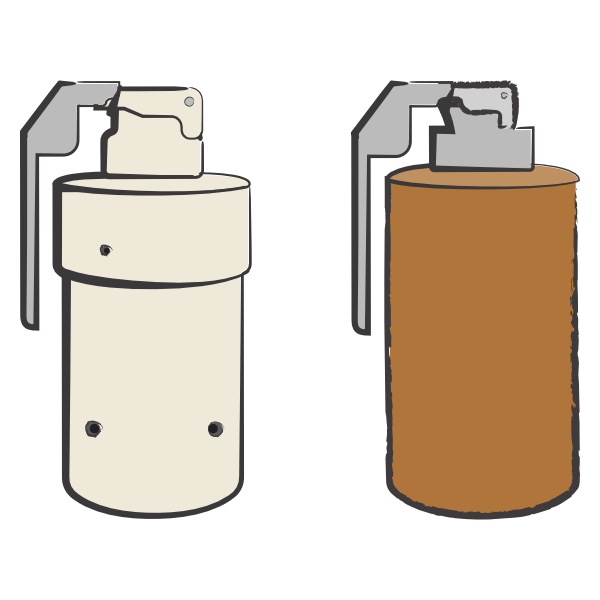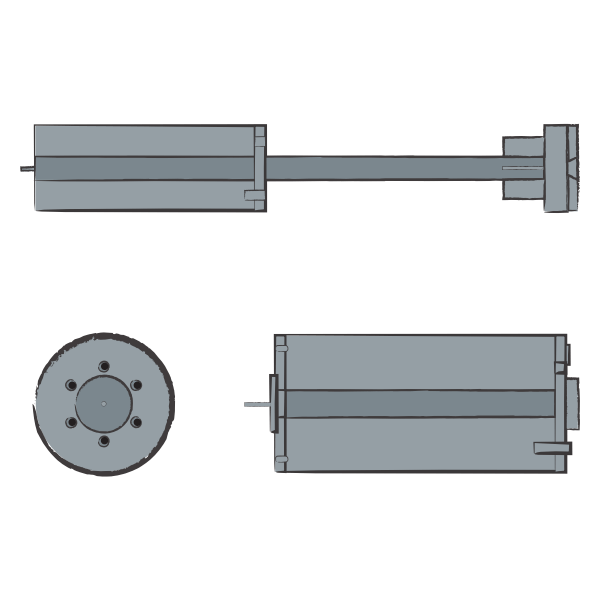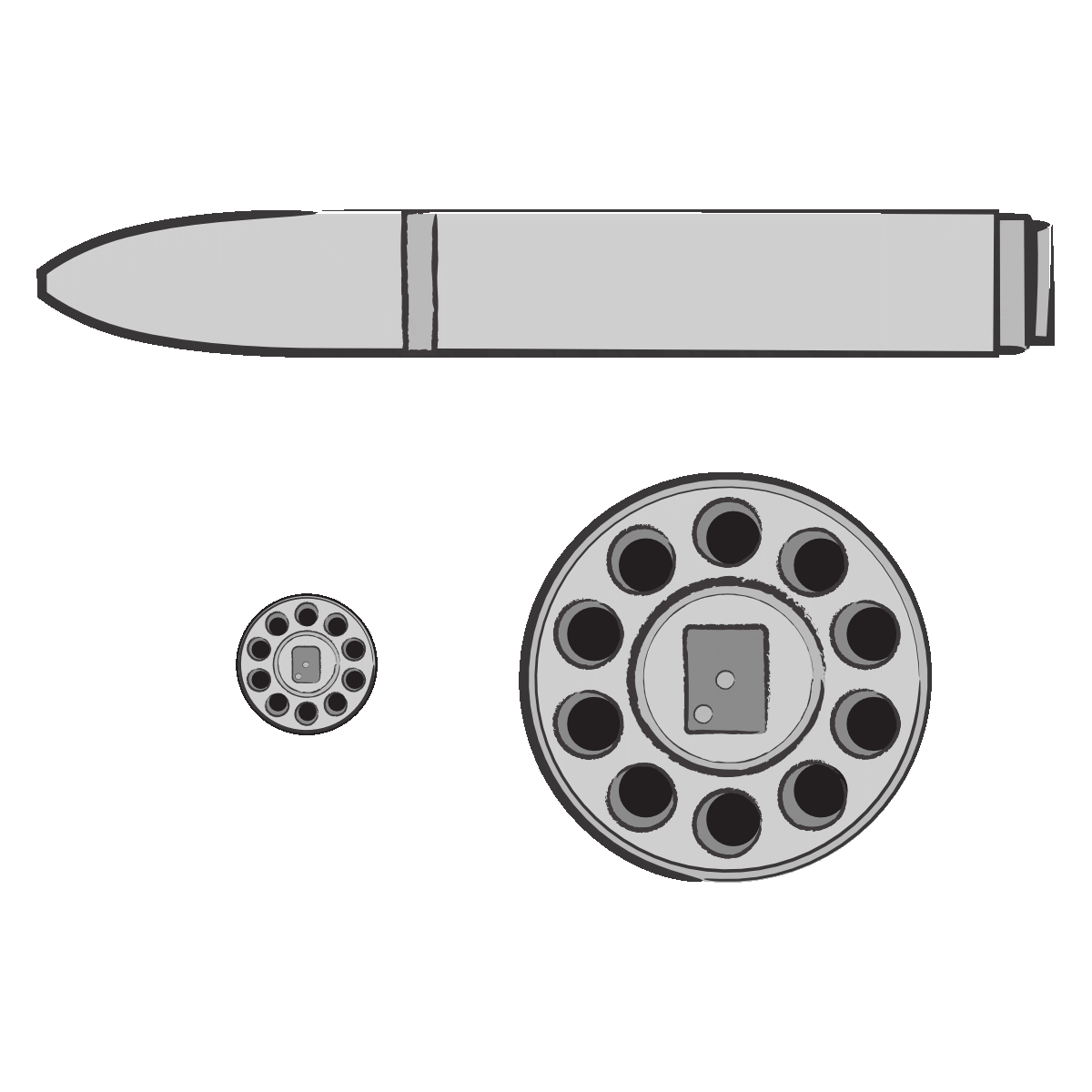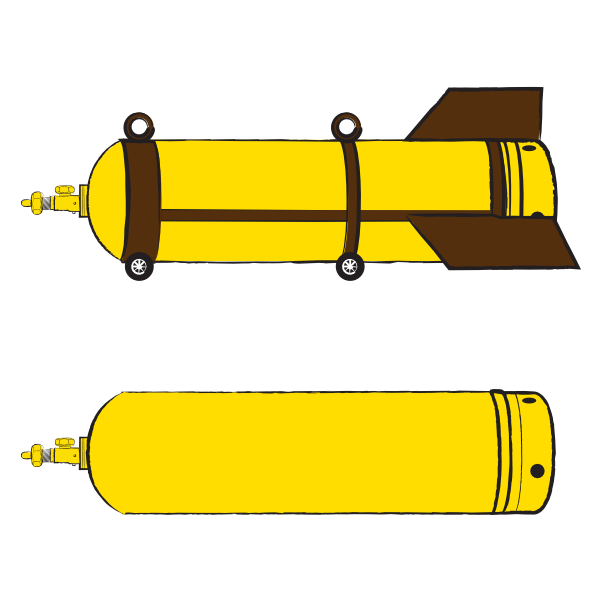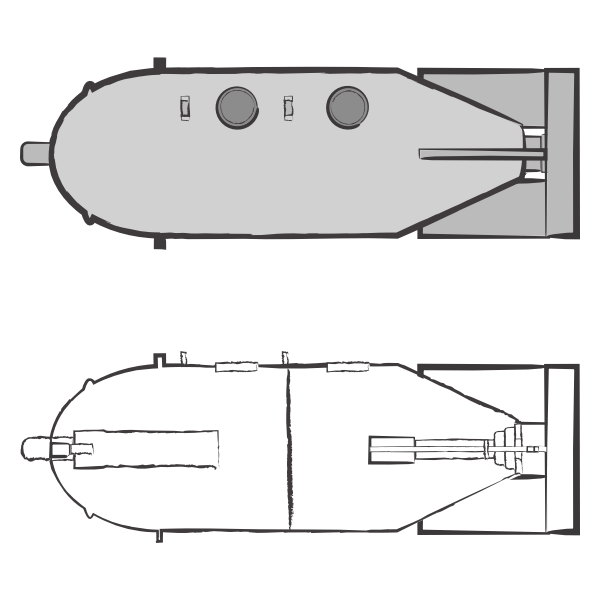About the Data Portal
Our interactive map shows you the scale and pervasiveness of the use of chemical weapons in the Syrian conflict. Building on years of painstaking work alongside our Syrian and international partners, our team at GPPi has compiled the most comprehensive dataset of incidents of chemical weapons use in Syria to date.
As of May 2020, it includes 349 confirmed attacks that have occurred since the first recorded incident in late 2012.
You can learn more about these attacks via the Data Portal, download the full dataset or review our methodology.
info_outlineMunition
Our dataset includes ten distinct munition categories under the variable “Munition Type”. For filtering purposes, we chose to include only six of the ten identified munitions, as the research team has attributed these six types to specific incidents and included technical and contextual detail regarding their deployment in the munitions typology.
The other four munition types are based on indicative, rather than attributive, evidence: while different open, primary and secondary sources mention these four munitions, there is no clear evidence – physical, visual or otherwise – that allow us to definitely attribute and categorize these weapons.
Data Portal
DATASET file_download info_outline OUR
APPROACH
- Theater
- Chemical Agent
- Munition Type
- Delivery
- Offensive




































